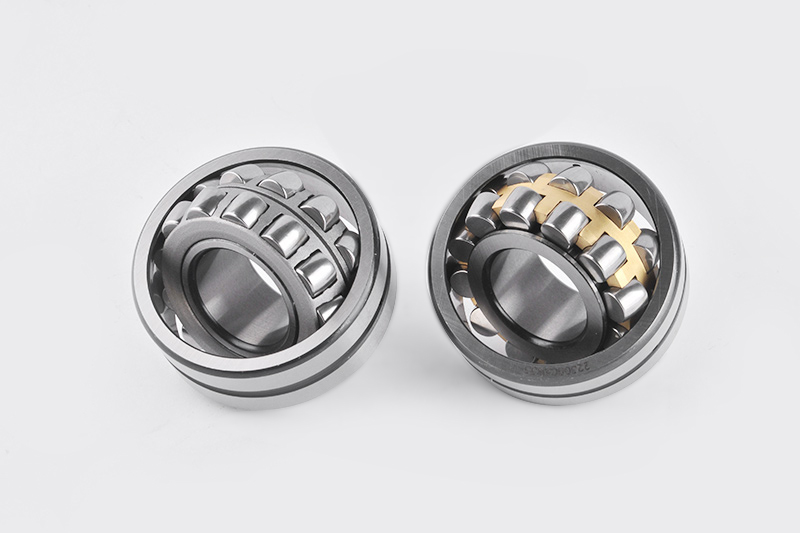Series 1600 Chrome Steel Deep Groove Ball Bearing
Product Overview The Series 1600 Deep Groove Ball ...
Content
Spherical roller bearings are widely used in industrial machinery due to their ability to handle heavy radial and axial loads while accommodating misalignment. However, not all spherical roller bearings are created equal. Understanding the differences between standard and high-precision spherical roller bearings is essential for selecting the right bearing for a specific application.
Standard spherical roller bearings are manufactured with tolerances that are sufficient for most industrial applications. These bearings allow minor dimensional deviations without significantly affecting performance. They are suitable for general machinery where extreme precision is not required.
High-precision spherical roller bearings are produced with very tight tolerances, ensuring minimal deviations in dimensions. These bearings are critical in applications where even small errors can cause operational issues, such as machine tools, turbines, and electric motors. The enhanced accuracy improves rotational consistency and reduces vibration and noise.

Standard spherical roller bearings are designed to handle a combination of radial and axial loads effectively. They provide sufficient dynamic and static load ratings for most industrial environments. However, under extreme or high-precision requirements, their performance may be slightly lower due to less optimized stress distribution.
High-precision bearings are engineered to maintain a higher load capacity with improved stress distribution across rolling elements. This results in reduced deformation under heavy loads and improved bearing longevity in high-performance applications.
Standard spherical roller bearings are suitable for moderate-speed applications. At higher speeds, friction and heat generation increase, which can affect performance and lifespan. These bearings are commonly used in heavy machinery, conveyors, and mining equipment.
High-precision spherical roller bearings are optimized for high-speed operations. Their precise manufacturing and superior materials reduce vibration and heat generation, making them ideal for applications requiring smooth and stable operation at high rotational speeds.
Standard bearings tend to produce more vibration and noise under load, which is usually acceptable in general industrial machinery. Slight irregularities in the rolling elements or raceways can contribute to audible noise and minor vibrations.
High-precision bearings are designed to operate with minimal vibration and noise. They feature smoother surfaces, tighter tolerances, and more precise alignment of rolling elements. This makes them suitable for noise-sensitive applications, such as electric motors, turbines, and aerospace equipment.
Standard spherical roller bearings have a reasonable lifespan under normal operating conditions. However, they may wear faster when subjected to high speeds, heavy loads, or precision-sensitive applications. Regular maintenance is recommended to extend their service life.
High-precision bearings are manufactured using superior materials and advanced finishing processes, resulting in reduced wear and longer durability. They maintain performance under high-speed and heavy-load conditions and require less frequent maintenance.
Standard spherical roller bearings are commonly used in:
High-precision spherical roller bearings are used in applications where high rotational accuracy, minimal vibration, and long-term durability are essential, such as:
The price difference between standard and high-precision spherical roller bearings is significant due to the differences in manufacturing complexity, material quality, and performance.
| Feature | Standard Bearings | High-Precision Bearings |
|---|---|---|
| Manufacturing Tolerance | Moderate | Tight |
| Load Capacity | Moderate | High |
| Speed Capability | Moderate | High |
| Vibration & Noise | Higher | Lower |
| Durability | Standard lifespan | Extended lifespan |
| Cost | Lower | Higher |